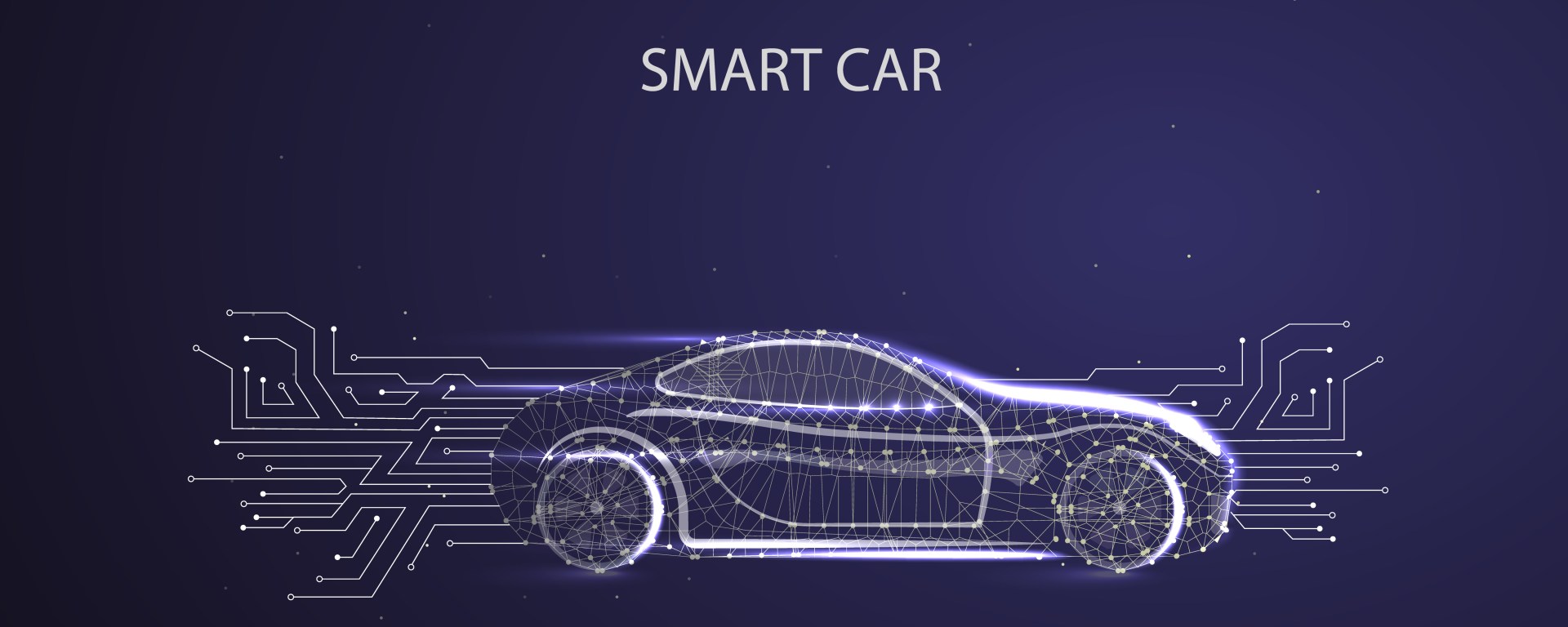Over the last few decades, China’s automobile industry has advanced rapidly, with more rising demand for automobiles than ever before. And hence the rise of traffic issues. To handle traffic congestion and frequent accidents, intelligent transportation systems (ITS) need to be developed and implemented.
Smart cars are considered an essential component. The concept is to let the cars sense their surroundings intelligently as well as communicate with intelligent transport systems.
The combination provides an opportunity to unlock useful functions such as automatic obstacle detection, dynamic cruise control, and self-driving. Hence, it helps in preventing accidents and relieving traffic congestion in parallel.
But, theoretically, it sounds easy but is not practical for the following reasons:
- Relying on mounted cameras with limited range performs poorly in less-than-ideal conditions such as low light or rain.
- Identifying vehicles, pedestrians, and other obstacles in images requires intensive computational power, and hence a lot of time and processing power is required.
- Most of the existing image processing algorithms fail to classify pedestrians, other vehicles, and static objects like trees.
But there needs to be a solution for smart cars.
Xiangtian Zheng of Yunnan University, China believes in the use of laser radar or Lidar to eradicate the problem faced by the use of cameras as cited in his paper in the Journal of Electronic Imaging, Zheng for vehicle detection and tracking.
However, how does Lidar work better than the usual camera, and what are its benefits?
“Put simply, the working principle of lidar involves irradiating a target with a laser and detecting the radiation that is echoed back through the processes of reflection, refraction, scattering, and transmission,” said Zheng. “Most importantly, by measuring the time it takes for the laser to return to the emitter after encountering an obstacle, we can accurately calculate the distance between the object and the device within a resolution of mere centimeters.”
Not just accuracy and long range, but also Lidar data can be processed much more simply than usual images. A grid map has been used by Zheng for a spatial map of all the distances that have been Lidar measured.
The difference between the consecutive points on this map is small and corresponds to the same objects. The algorithm can divide the map into regions with an individual object in each field of view.
“Through the extraction of other features from the lidar data and by combining certain filtering and classification techniques, Zheng’s model is capable of telling vehicles apart from pedestrians and static objects. It can also estimate the trajectories of the objects it perceives, which is a crucial feature for autonomous driving.”
“Compared with more conventional lidar-based methods, the approach proposed in this work achieved higher recognition rates for vehicles and pedestrians, while also ensuring the accuracy of the estimated tracking trajectories,” said Zheng. “Moreover, the proposed system was significantly faster at recognizing objects, which is relevant for obvious safety reasons.”
The result shows the significant importance of the capabilities of Lidar in smart vehicles and the collaborative work approach by ITSs and smart cars to solve the traffic congestion problem in China. The method can also be used as a testing or first base method in other developing countries to handle the traffic congestion problems as well as a roadmap to better innovative solutions.
Source: Spiedigitallibrary

